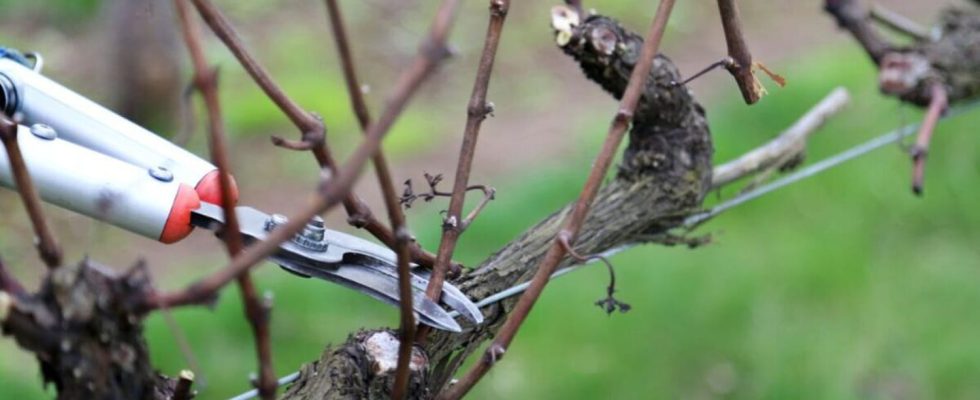Even in winter, don’t forget your pruners. Some flowers must be severely pruned to ensure the most beautiful blooms in a few months.
Pruning is a crucial job for gardeners, encouraging new growth and keeping plants under control. An expert has exclusively shared what to prune during the winter months. Craig Wilson, co-founder, director and gardening expert at Gardeners Dream, says that with the cold winter weather setting in, it’s time to put on the gardening gloves for one of the most crucial tasks on the gardening calendar. gardeners, pruning. While the rest of the garden takes a well-deserved rest, this is the perfect opportunity to shape and prepare plants for the spring to come.
Roses: These are classic garden favorites, celebrated for their flowers and fragrance. Pruning roses helps to stimulate growth, it is recommended to train your roses to encourage outward facing flowers. Remove any dead, damaged or diseased wood, and prune remaining branches back to an outward-facing bud to shape the bush and encourage outward growth. Follow this by opening up the center of the bush by removing branches growing inward. This will help improve air circulation and light penetration, reducing the risk of disease and encouraging healthy blooms.
Clematis: Clematis are found in many gardens, appreciated for their beautiful, large flowers. But you need to check which group the plant belongs to before picking up the secateurs. If you have a group two plant, these are the early or mid-season flowering varieties that flower on both old and new wood, so they should be lightly pruned in late winter or early spring. Care should be taken to remove dead or weak stems, while cutting remaining stems back to a pair of strong buds to encourage robust growth and flowering. Group three clematis are those that flower in late summer on new growth and can be pruned back heavily each year. They must be pruned severely at the end of winter. This means cutting back all of the previous year’s stems down to a pair of strong buds about 6 to 12 inches above ground level, which will encourage a flush of new growth and a profusion of blooms.
THE wisteria:cIt is a magnificent climbing plant, known for its colorful blue, pink or white flowers. URegular pruning ensures better control of the plant and more prolific flowering. In mid-winter, cut back the lateral shoots, shortened the previous summer, two or three buds from the base to improve the structure of the plant and concentrate energy on the formation of spring flowers. You will then need to remove any unwanted or excessive growth, especially around windows and gutters to maintain shape and control the size of the plant.
